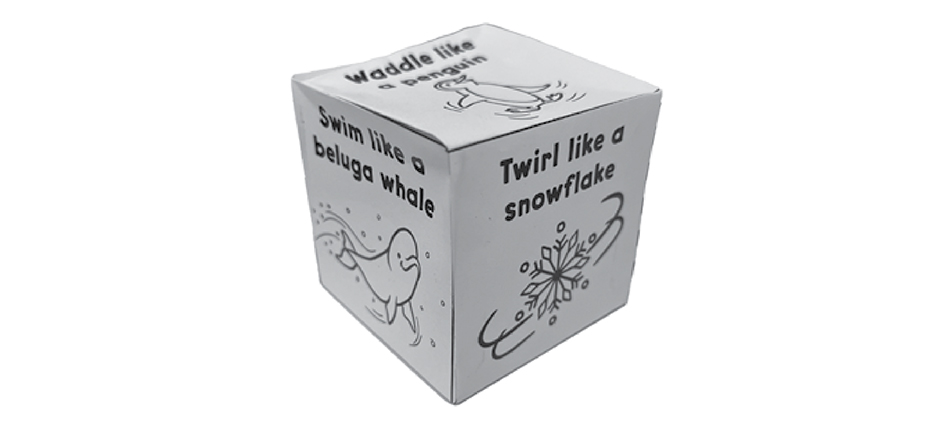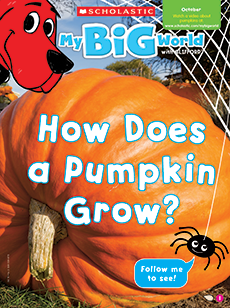My Winter Home Lesson Plan
What We Are Learning
Science Focus:
animal habitat
Vocabulary Theme Words:
habitat, arctic fox, walrus, harp seal, arctic hare, beluga whale
Skills We’re Practicing:
group discussion, critical thinking, rhyming words, vocabulary, counting, visual discrimination
- In Little Polar Bear by Hans de Beer, Lars the polar bear ventures out on his very first hunting trip with his dad. But when things go awry, Lars ends up somewhere he’d never expected: a tropical island! When you’re done reading, talk about why it was important for Lars to return to his natural habitat.
Blubber Experiment
Materials: 2 large bowls, 3 quart-size plastic baggies, vegetable shortening (like Crisco), plenty of ice
- This experiment helps children to understand how many Arctic animals stay warm in the ice and snow.
- To prepare, fill both bowls with ice. Then fill one baggie halfway with shortening and place another baggie inside it. Move the shortening around in between the baggies to create a layer of fat. Keep the other baggie empty. Place the shortening baggies in one bowl and the empty baggie in the other.
- Show children the two bowls. Ask them to predict how their hands will feel in each bag. Then have each child place their hands in the baggies. Ask how their hands feel. Do they feel the same? Is one warmer? Is one colder?
- When the experiment is done, explain that some Arctic animals—like polar bears, harp seals, beluga whales, and walruses—have a thick layer of fat called blubber beneath their skin. Blubber helps keep them warm in their cold habirat. observation skills/exploration

Materials: Arctic Movements skill sheet, tape, cube tissue box (optional)
- This activity lets children pretend to be in the Arctic!
- In advance, make the Arctic Movements die. You can cut up version A and glue the pieces to the sides of a tissue box, or cut and fold version B according to the directions.
- Show children the die (or “ice cube”) and practice acting out the movements on it. You can even show them videos of how the animals move for inspiration!
o Waddle like a penguin.
o Twirl like a snowflake.
o Hop like a snow hare.
o Swim like a beluga whale
o Slide on the ice.
o Walk like a polar bear.
- Have children get into small groups and then take turns rolling the cube. After a child rolls the die, they get to demonstrate the movement. The rest of the group can copy the movement to join in the fun! gross-motor skills
